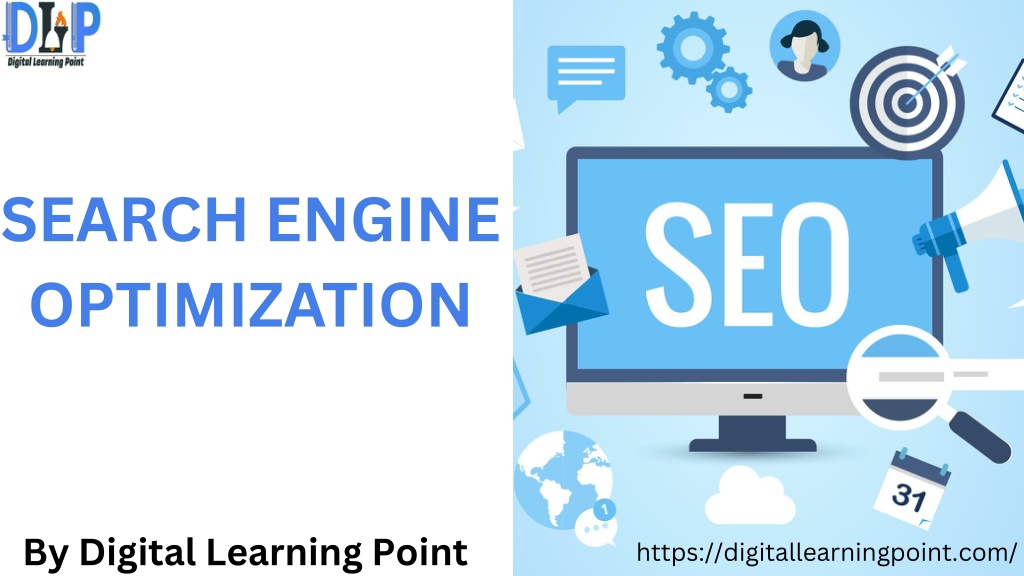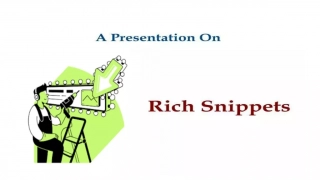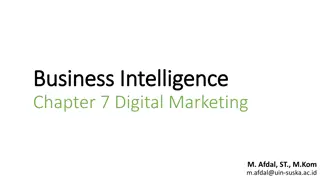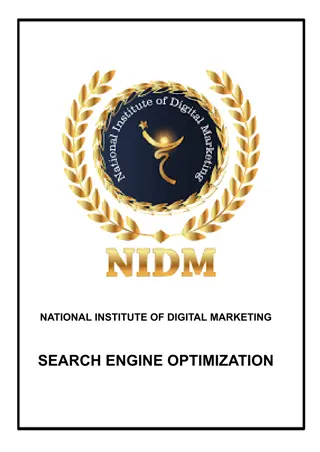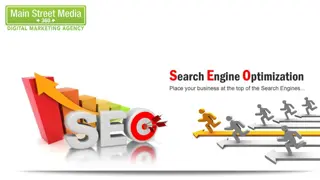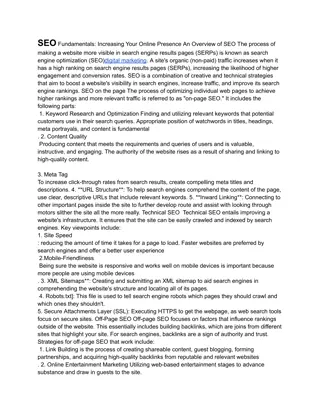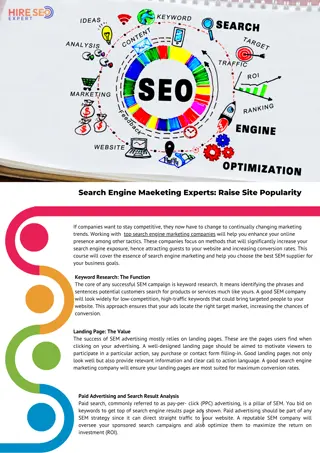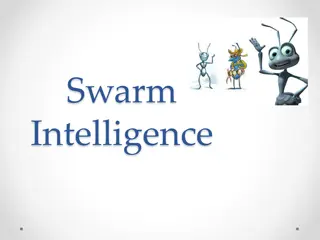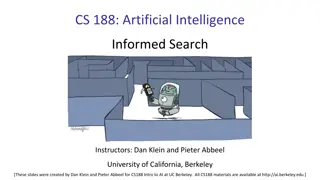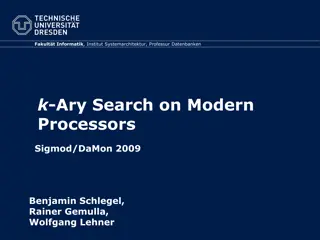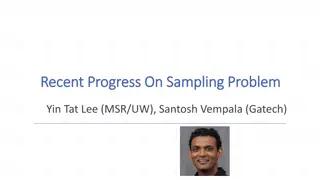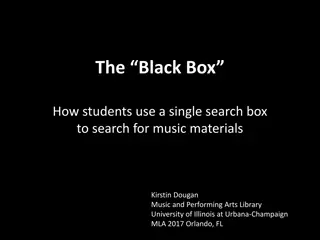Search Engine Optimization
Search Engine Optimization (SEO) is the process of optimizing website content and structure to improve visibility on search engine results pages (SERPs), drive organic traffic and enhance online presence.
Uploaded on Apr 17, 2024 | 5 Views
Download Presentation

Please find below an Image/Link to download the presentation.
The content on the website is provided AS IS for your information and personal use only. It may not be sold, licensed, or shared on other websites without obtaining consent from the author.If you encounter any issues during the download, it is possible that the publisher has removed the file from their server.
You are allowed to download the files provided on this website for personal or commercial use, subject to the condition that they are used lawfully. All files are the property of their respective owners.
The content on the website is provided AS IS for your information and personal use only. It may not be sold, licensed, or shared on other websites without obtaining consent from the author.
E N D
Presentation Transcript
SEARCH ENGINE OPTIMIZATION By Digital Learning Point https://digitallearningpoint.com/
Introduction to Search Engine Optimization (SEO) Search Engine Optimization (SEO) is the practice of improving a website's visibility and ranking in search engine results pages (SERPs). By optimizing content, structure, and technical aspects, businesses can drive more organic traffic and increase their online presence.
Understanding Search Engine Algorithms 1 Crawling Search engines use bots to discover and index web pages by following links from one page to another. 2 Indexing The indexed content is analyzed and stored in the search engine's database for quick retrieval. 3 Ranking Proprietary algorithms determine the relevance and authority of web pages to provide the most useful results to users.
Keyword Research and Optimization Identifying Keywords Keyword Optimization Long-Tail Keywords Thorough keyword research helps you understand user search intent and find the most relevant and high- performing keywords for your business. Strategically incorporating keywords into your website content, titles, meta tags, and structure can improve your visibility in search results. Targeting specific, long-tail keywords can help you reach more qualified and engaged users who are closer to converting.
On-Page SEO Techniques 2 1 Descriptive Meta Descriptions Optimize Page Titles Include target keywords in page titles to signal relevance to search engines. Well-written meta descriptions can entice users to click through to your site. Image Optimization 3 4 Semantic Markup Structured data and schema markup help search engines better understand your content. Optimizing images with alt text and file names can improve visibility and accessibility.
Off-Page SEO Strategies Social Media Link Building Local SEO Guest Posting Contributing content to relevant industry blogs can earn valuable backlinks and exposure. Earning high-quality backlinks from reputable sites can signal authority and improve rankings. Engaging on social platforms can help build brand awareness and drive referral traffic. Optimizing for local search can help businesses reach customers in their geographic area.
Technical SEO Considerations Site Speed Ensuring a fast-loading website improves user experience and search rankings. Mobile Optimization Websites must be mobile-friendly to cater to the growing number of mobile searches. Structured Data Implementing structured data markup helps search engines better understand and display your content. Crawl Optimization Ensuring search engines can easily crawl and index your website is crucial for visibility.
Content Marketing for SEO Keyword-Driven Content Create content that targets specific keywords and user search intent. Thought Leadership Establish your brand as an industry authority by producing valuable, informative content. Content Promotion Actively promote your content through various channels to earn backlinks and social signals.
Measuring and Tracking SEO Success Key Metrics Analytical Tools Track metrics like organic traffic, rankings, bounce rate, and conversion rates to gauge the effectiveness of your SEO efforts. Utilize tools like Google Analytics, Google Search Console, and SEO-specific software to gather and analyze data. Continuous Optimization Regularly review and adjust your SEO strategy based on data-driven insights to improve performance over time. Reporting and Collaboration Share SEO performance data with stakeholders and collaborate with other teams to align on goals and initiatives.
THANK YOU https://digitallearningpoint.com/
